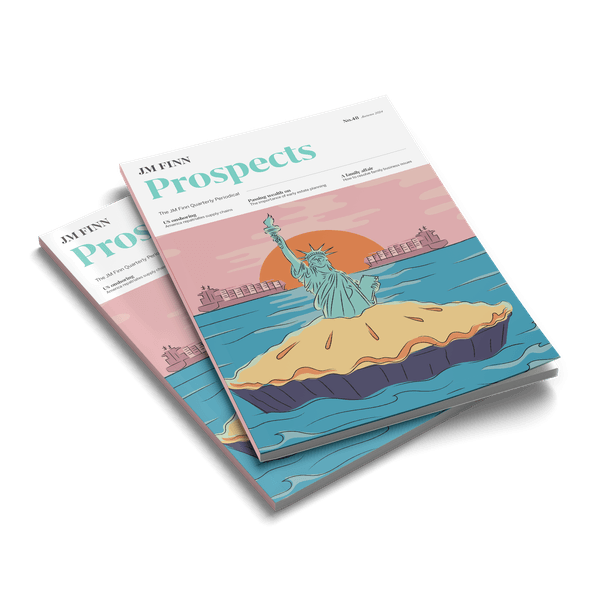A key concept in finance is the ‘risk-free rate’. Most financial valuation models begin with the assumption that there is a rate of return, which an investor can gain access to, that carries no risk. Risk in these terms is defined as the likelihood that the returns we expect to achieve are in fact the same as the returns we achieve. The more the returns I generate from an asset might differ from those I expect, the riskier that asset is.
In the US, the risk-free rate is conventionally taken to be the 10-year treasury bond yield. This approximates to the expected return an investor can expect to receive per annum for lending money to the US government for ten years. The assumption is that the US government has 100% probability of repaying investors who have lent it money via treasury bonds.
The conceptual basis for the use of risk-free rates as the starting point in valuation is relatively intuitive. If an asset has some risk, it must provide a return that is greater than that offered by the risk-free rate. If a risky asset was to provide a return lower than the risk-free rate, then a rational investor would buy the risk-free asset instead and receive in return the risk-free rate. Here an investor – we would argue rationally – has chosen a higher return whilst taking less risk. The result of the investor forgoing the purchase of the risky asset is that demand for said asset falls. As demand falls, so will the price of the asset. As the price of an asset falls, all else equal, the expected return on the asset increases. Only once the risky asset provides a return greater than the risk-free return, will investors consider buying the asset.
If an asset has some risk, it must provide a return that is greater than that offered by the risk-free rate.
The extra return which an asset provides over the risk-free rate is referred to as a spread or premium and the magnitude of this spread or premium is controlled by the riskiness of the asset. If an asset is only a little bit riskier than risk-free, the extra return an investor will demand (the spread) will be relatively small. If an asset is very risky and much riskier than risk-free, an investor will demand a much greater return than that offered by the risk-free asset to compensate her for the additional risk she is taking.
This intuition is the basis of the valuation of other asset classes. For example, corporate bonds are riskier than government bonds and as a rule provide a greater return than risk-free bonds. This additional return is referred to as yield pickup in excess of the risk-free rate. Elsewhere, stocks are generally considered a riskier asset class than bonds and typically provide an even greater return than bonds. The difference between this return and the risk-free return is referred to as the ‘equity risk premium’.
It therefore follows that as the risk-free rate increases – and if extra risk premium demanded by investors for risky assets remains stable – the return provided by risky assets must increase. To provide this increase in expected return, the price of the asset must fall. This explains why government bond yields are so closely watched and why risk-free bonds are so crucial in the valuation of all assets.





